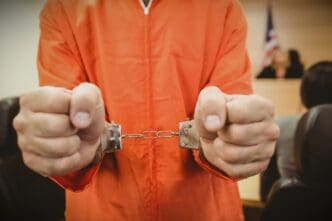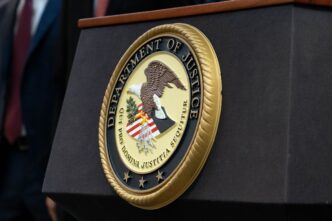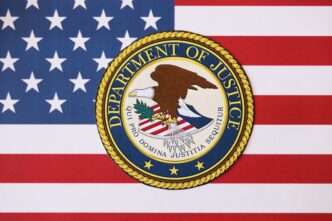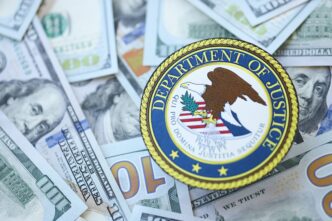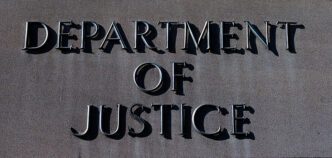Connecticut lawmakers are evaluating a legislative proposal aimed at enhancing aviation safety by prohibiting the intentional projection of lasers at aircraft or their flight paths. This proposed law would classify such actions as a Class A misdemeanor, reflecting the significant risks involved. The measure, identified as HB 6861, seeks to impose penalties including fines of up to $2,000, imprisonment for up to 364 days, or both.
The Federal Aviation Administration (FAA) has highlighted the persistent threat posed by laser strikes, reporting 2,846 incidents so far this year. Despite a slight decrease from the previous year, where 12,840 strikes were reported, the FAA emphasizes that the numbers remain alarmingly high. Laser strikes can incapacitate pilots, threatening the safety of passengers and flight operations. Since tracking began in 2010, pilots have reported 328 injuries due to such incidents.
Michael Shea, Executive Director of the Connecticut Airport Authority, supports the bill, noting that lasers can endanger pilots if reflected into the cockpit. Both the CAA and Connecticut State Police have observed a consistent pattern of laser strikes in the state, with six reported incidents this year and 52 in the previous year. Shea asserts that this legislation would serve as a critical deterrent against such dangerous activities.
Recent concerns over drone sightings have prompted federal and local authorities to caution against aiming lasers at perceived drones. There is a growing worry that individuals may mistakenly target manned aircraft, assuming them to be drones, which further emphasizes the need for stringent regulations.
Members of the Connecticut Transportation Committee, including Rep. Gary Turco and Rep. Geraldo Reyes, have voiced their support for the proposal. They stress the importance of aligning state legislation with existing laws in other regions to address this significant safety concern. The legislation is seen as an essential step in safeguarding air travel, which, despite recent challenges, remains one of the safest modes of transportation.
The recent downturn in public confidence in air travel safety, following notable incidents, underscores the urgency of implementing comprehensive measures to protect the integrity of aviation operations. Lawmakers and stakeholders advocate for all necessary actions to prevent potential hazards, such as laser interference, ensuring the continued safety of air travel.

